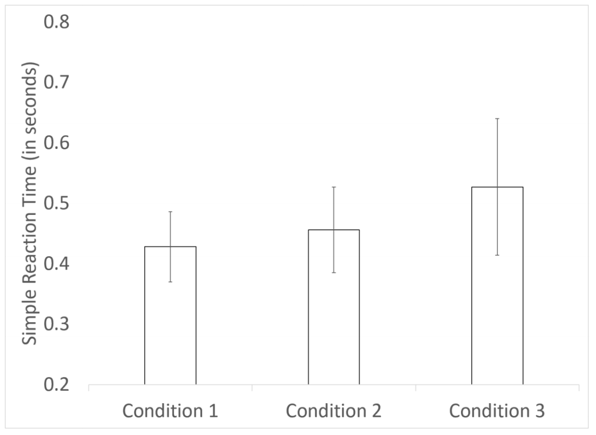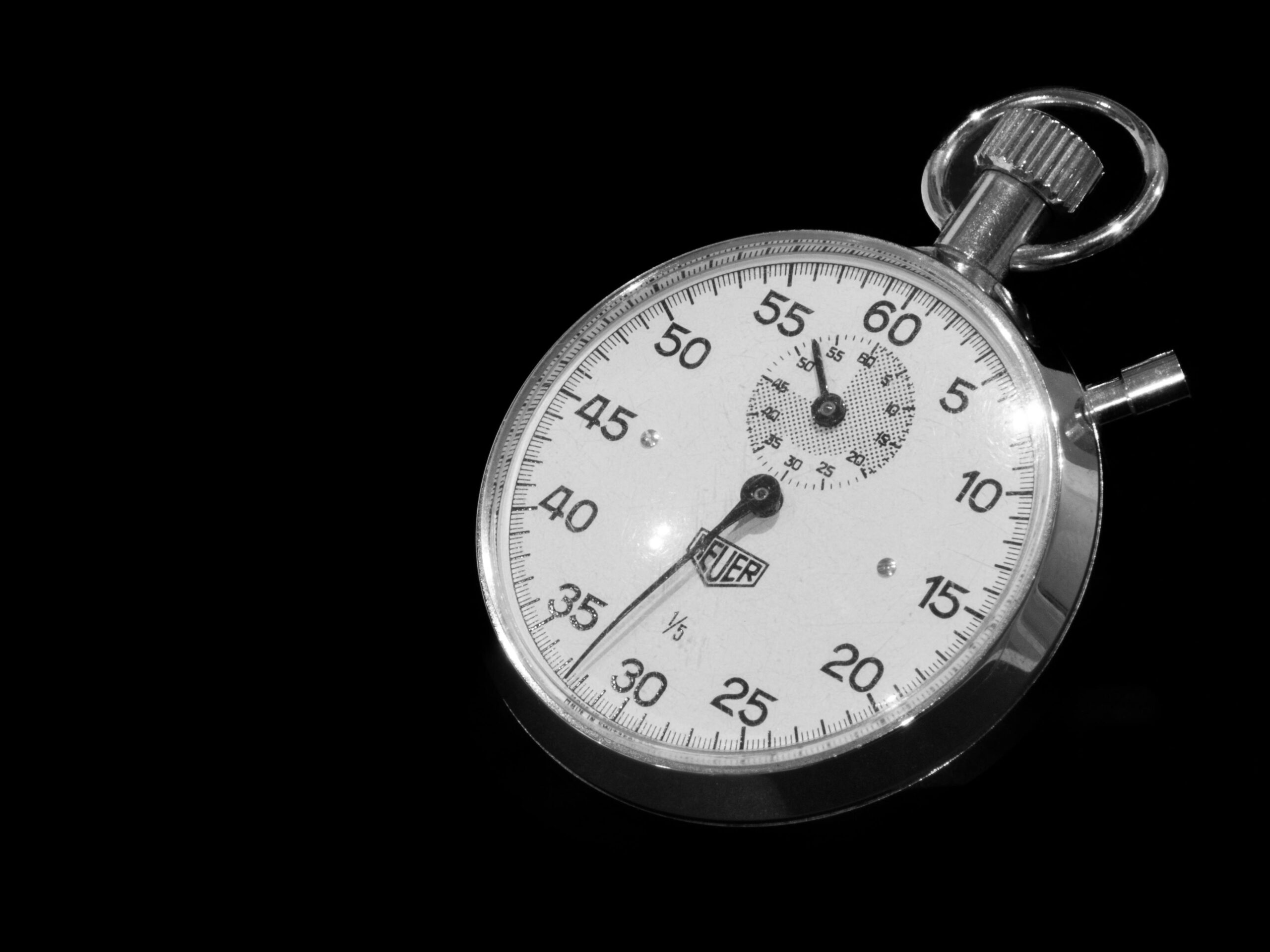Stop talking so much
For starters, check out this video of an officer-involved shooting. There is a lot of training value to unpack from this one, but I want to focus on one aspect of the incident. Watch the video and then we will discuss.
So, a little painful. For you trainers out there, I am sure you squirmed in your seat at different things you saw here. And before you say something like “officers at my agency wouldn’t do this or that,” let me tell you that they will. One hundred percent, they will. How do I know? Because a lot of what we saw in this video is the result of human nature. If your cops are human, then they will respond under stress as humans do. So on to the lesson I want to highlight for this post.
Learn to shut up
I know some of you keyed on the talking on the radio mid-fight. That is not necessarily the point I want to make, but it’s a good start. Does giving a play-by-play over the radio solve the problem in front of you? Not likely. Once you are in the fight, be in the fight. When the scene stabilizes, then get on the radio and update dispatchers and follow-on responders. When she keyed up on the radio to announce shots had been fired, she already had expedited back-up units’ response and the problem was not yet resolved.
The talking that I will concentrate on is the repeated commands given to drop the knife. I counted sixteen commands during the course of the incident. This repetition of a demand that is not being met, at the least, is a wasted effort. At worst, it can prevent you from thinking through the issue to a solution. Of course, you can see this same effect in many police videos where the officer sounds like a scratched record, putting out the same message on a playback loop. Perhaps the tenth time is the charm and the knife-wielding aggressor comes to their senses and voluntarily disarms. Not likely. If you have told them once, twice, three times then expect that the message is not getting through. The ninth, tenth, eleventh time will not solve that problem so at some point you need to control yourself and control your blathering. But like all things that happen under stress, this requires work on the front end to program the officer’s response to a threat under stress.
The study
A local agency has a wonderful training tool at their disposal. It is a Virtra simulator that surrounds the officer 300 degrees and can play semi-scripted scenarios. On the firearms training side, you can use the simulator for basic marksmanship drills. The agency was kind enough to let me run a mock study in the simulator for my graduate program. The basis of the study was that officers that were not talking during a shooting event would be faster on the trigger than officers repeating commands, and both of those would be faster than officers trying to formulate a thoughtful response. So here is the set-up. Officers were positioned with gun on target, finger on the trigger, and subjected to three conditions. In the first condition, the officer fired while not verbalizing anything. Simply fire the gun when the target turned. The second condition had officers repeating a command such as “drop the knife” as we see in the video. In third condition, the officer was answering a question that required thought, like naming animals that started with a certain letter. The questions were asked and the target would turn during the answer phase. We ran officers with a range of experience through the exercise, from newer officers to long-time SWAT officer and firearms instructors. I’ll save you the suspense and post the results.

Figure 1. Participants who were not required to verbalize repeated commands were faster on reaction time than when they were, but participants in both these conditions were faster than when required to answer complex questions. Error bars represent SD.
There you have it. If you keep your mouth shut during the fight you would be quicker in deciding to act. If you save that cognitive load for other things, like shooting fundamentals or looking for cover, you would be much better off.
What to train on
I am not proposing that officers say nothing. By all means, give a command for what you want the subject to do. But do it sparingly. Like I said, after one or two times if they are not responding, it is safe to assume that they have no intention of obeying such commands. I think it is an articulable belief that when the subject disobeys the command the first time that it demonstrates their intent to retain that weapon. And why else retain it in the face of an officer with a gun drawn other than to use it? Remember, actions imply intent.
So what should officers train on for this situation, you ask? I am a proponent of a simple, all-inclusive command that lets anyone within earshot know that you want the subject to cease what they are doing. Like “STOP!” It is universal. It covers all contingencies. “Stop” could mean stop fighting, stop running, stop coming at me with that pointy thing. We don’t want officers repeating a command to no effect or trying to think through what to say for a specific situation. “Stop” will do. Say it once or twice so the subject and others can hear it and then take a breath. If they refuse to stop their action, then it is time to move to another option, and you will need all the mental faculties you can muster for applying the next option. In the present case study, I could even be on board with “Drop it!” as the command. Once or twice, then get to the business of forcing compliance through other means.



